A well-maintained garage can boost a home’s appeal, but certain design choices or neglected details can quickly do the opposite. Realtors frequently see buyers lose interest the moment they spot red flags in a garage, even if the rest of the property shines. To protect your investment, it’s helpful to know which garage issues can silently chip away at your home’s market value. Below are five common features experts caution homeowners to address before listing a property.
1. Outdated Garage Doors
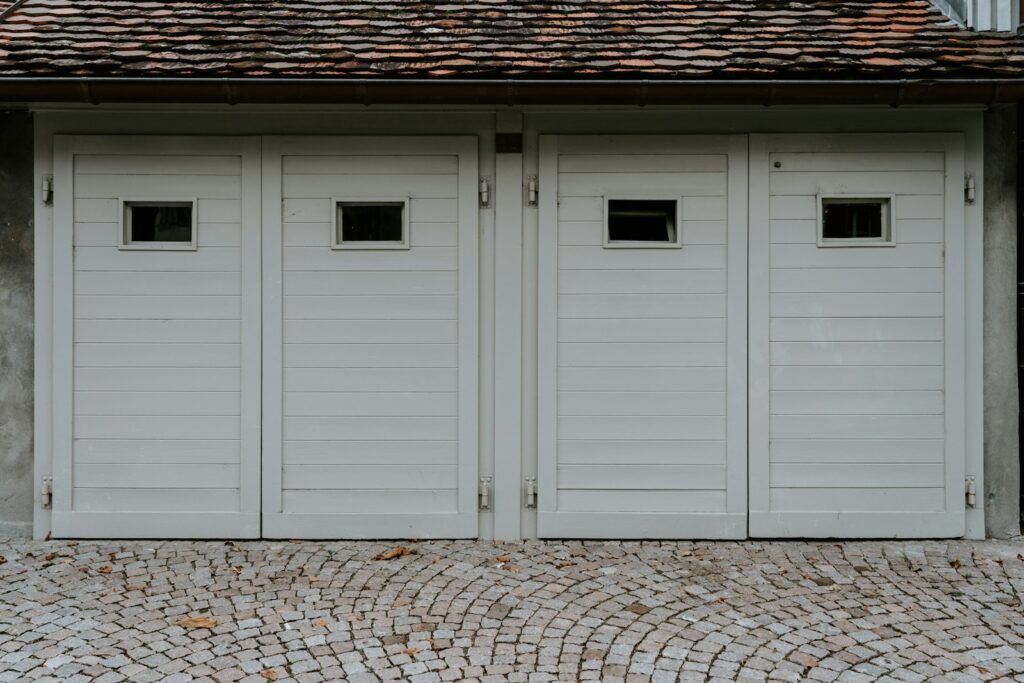
A garage door that looks like it’s stuck in the 1980s sends an immediate signal of deferred maintenance. Cracked panels, faded paint, and clunky manual mechanisms can all create the impression that the home hasn’t been updated in decades. Realtors often remind sellers that buyers notice curb appeal first, and a dated door can overshadow an otherwise attractive façade. Investing in a modern, insulated, and quiet automatic door with contemporary hardware can quickly recoup its cost by refreshing the home’s exterior and reassuring potential buyers about overall upkeep.
2. Poor Lighting and Ventilation
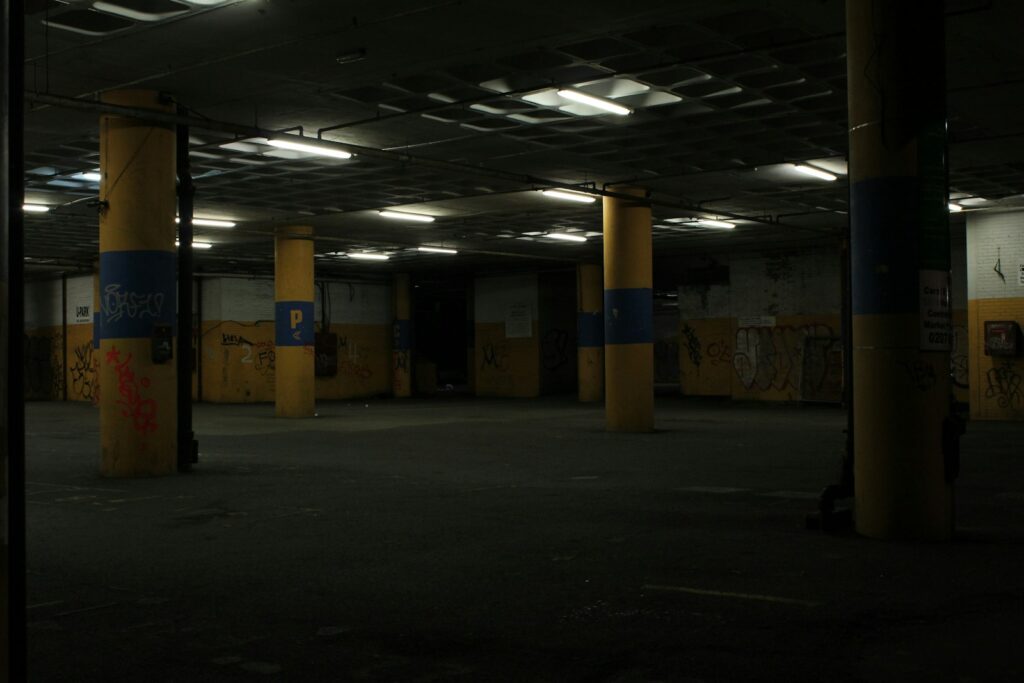
Garages built before the 1990s often rely on a single bulb and lack proper airflow, creating a dim, musty environment. Realtors warn that buyers stepping into a dark, stuffy space may picture costly electrical or HVAC upgrades in their future. Inadequate ventilation can also trap vehicle fumes and moisture, which may damage tools, paint, or seasonal storage items. Adding bright LED fixtures, installing vents or a small window, and ensuring proper sealing can dramatically improve the space’s comfort and safety while signaling a well-maintained property.
3. Excessive Floor Damage
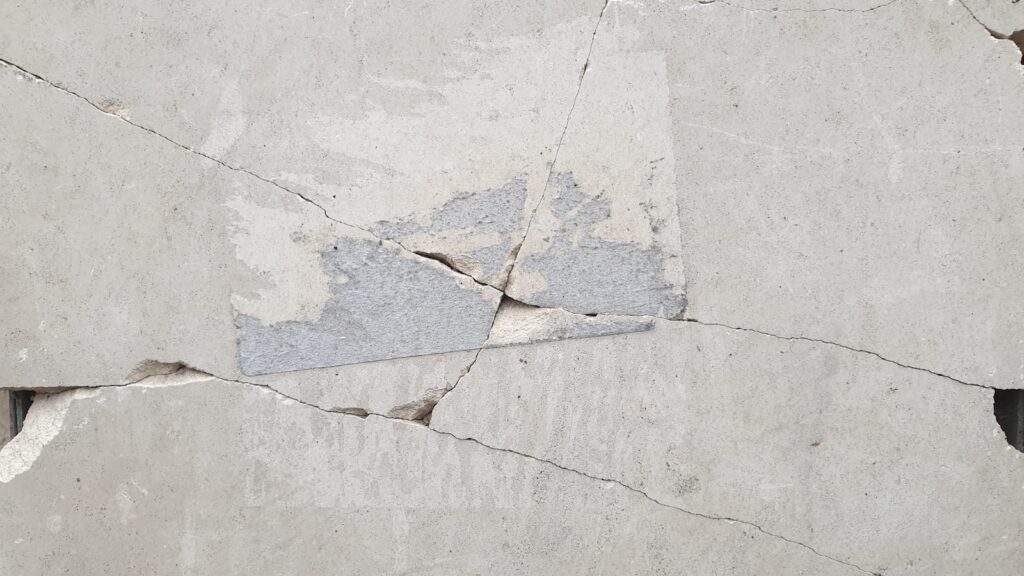
Concrete garage floors naturally develop minor hairline cracks, but extensive pitting, oil stains, or heaving slabs can scare buyers away. Realtors often explain that deep cracks or uneven sections hint at foundation or drainage issues, which are expensive to fix. A dirty, stained floor also leaves a lasting negative impression of neglect. Sealing small cracks, cleaning oil spots with degreaser, and applying an epoxy coating or polished concrete finish can transform the garage into a clean, functional area that suggests responsible ownership and strong structural integrity.
4. Unpermitted Conversions
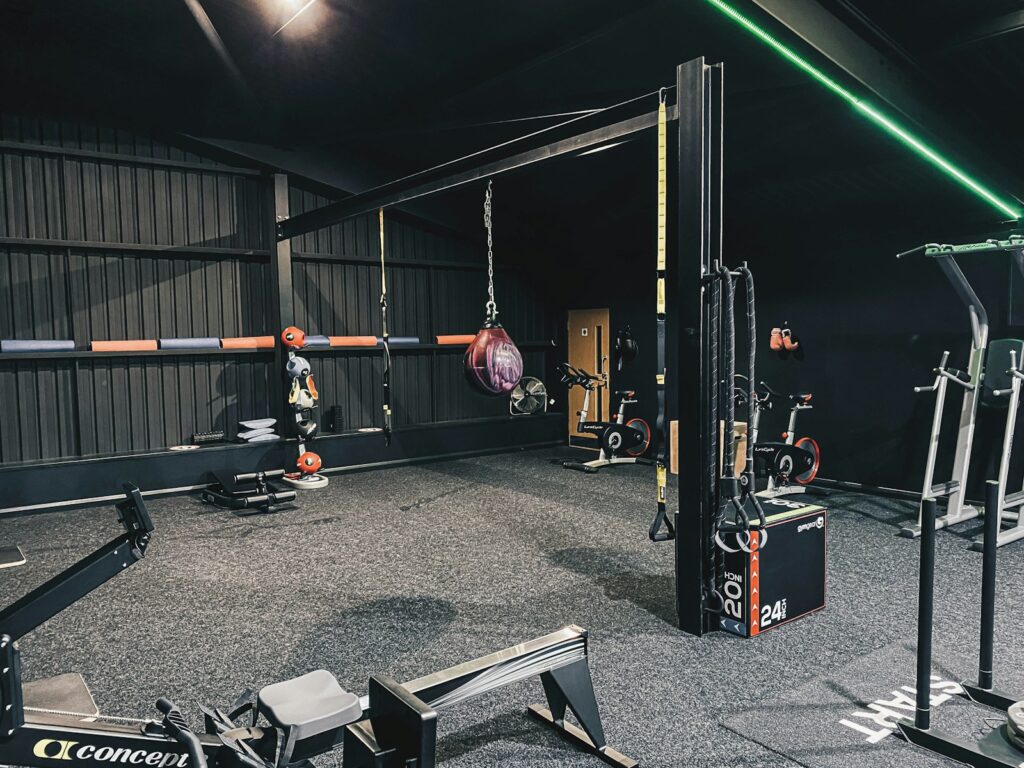
Turning a garage into a bedroom, gym, or rental unit without proper permits can backfire when it’s time to sell. Realtors frequently caution that unpermitted conversions may violate local building codes and complicate appraisals, reducing the pool of qualified buyers. Even well-finished spaces can trigger concerns about fire safety, insulation, and parking availability. If you’ve already converted your garage, consulting your municipality for retroactive permitting or restoring the space to its original purpose can help maintain both marketability and legal peace of mind.
5. Clutter and Lack of Organization
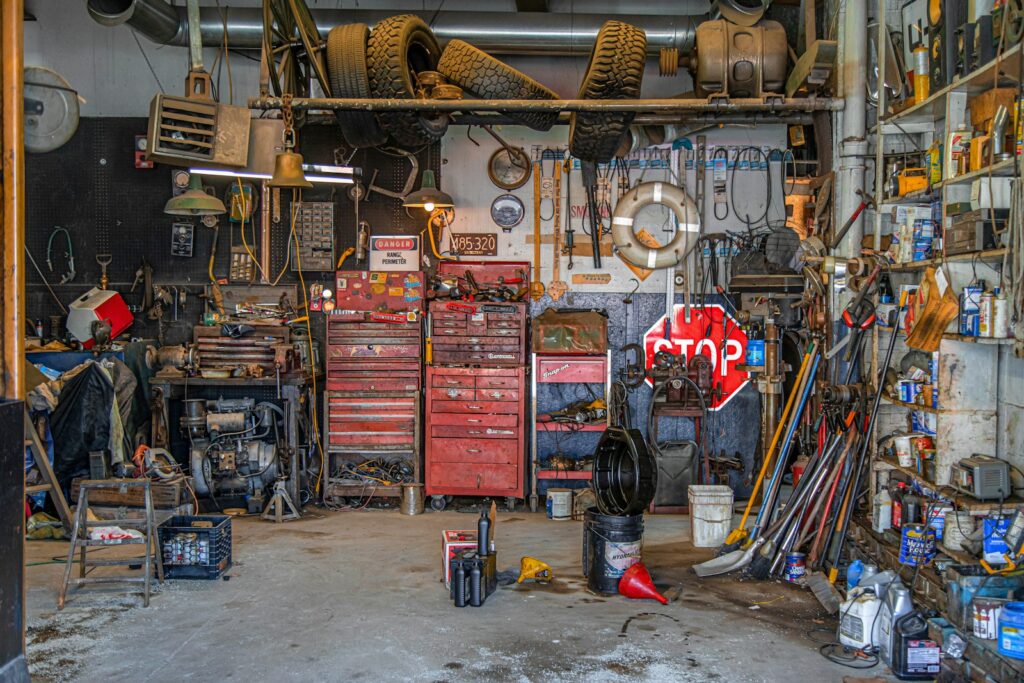
A garage overflowing with boxes, tools, and forgotten furniture makes it difficult for buyers to envision their own use of the space. Realtors consistently stress that clutter signals insufficient storage and possible pest issues. Disorganized areas can also hide floor damage or wall cracks, raising questions about hidden problems. Installing shelving, labeled bins, or ceiling racks creates a clean, organized environment that feels larger and more functional. A tidy, well-lit garage communicates that the entire home is cared for and ready for move-in day.
Comments